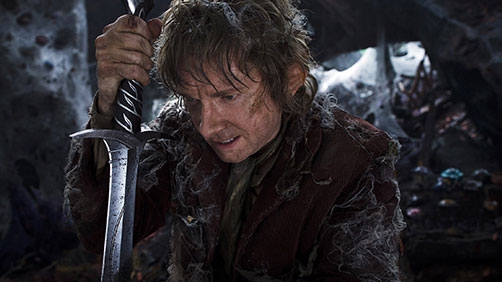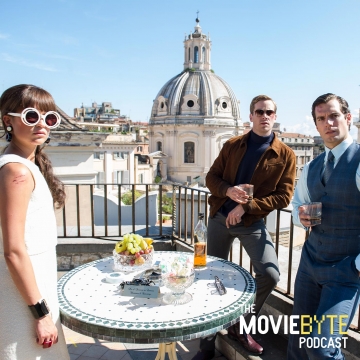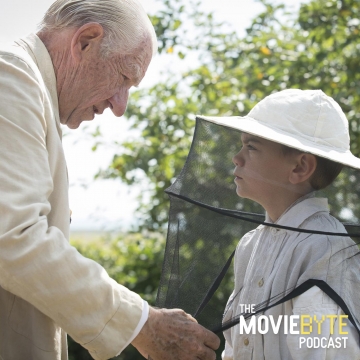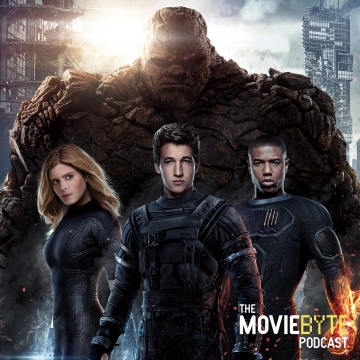
I missed linking to this piece below last week during actual Tolkien Week but it’s worth talking about so I decided to make a little article out of it. I don’t mind talking about the HFR controversy.
But Peter Jackson’s decision to use HFR (high frame rate) cinematography on this production has cause no little stir in the cinematic community. Some are lauding it as the next great step out of the dark ages, while others are decrying its “television-like” quality, and still others are wondering if his experiment will go the way of similar experiments in the 70s (if you are asking “what experiments?” you just proved the point).
One of the problems with HFR is exactly as mentioned above, the “television-like” quality. And what that really means is older television shows for the most part, although even newer shows do not look like most films today. One of the reasons for that is many TV Shows, and still some newer shows used to be/are shot at the broadcast frame rate of 30 fps. People talk about the realism of higher frame rates but it actually looks much more fake in reality. They also talk about the smoothness of shooting at higher frame rates but it actually starts looking more stroby. Because of the way our eyes work, when you get much higher than 30 fps, fast moving images will appear to be in more than one place at once, giving it a very stroby look.
I mentioned that when we say “television like” quality we are actually talking about older TV Shows mainly. Though there are still shows shot at 30 fps, many modern dramatic and well done shows are actually shot on 35 mm film at 24 fps. (Lost, Fringe, and Bones are just 3 examples). Why is that? I mean, they are going to be broadcast at 30 right? Well there is a good reason. You see, 24 fps was the information that was captured, despite the fact that it will be broadcast at 30, filming at 24 still gives the show a more cinematic look. And converting to 30 is far easier than trying to go the other way. If the frame rate was exactly double 24 (48) it would be far easier (which may be the saving grace of Peter Jackson’s ‘The Hobbit’). As it is, the conversion to 24 from 30 is very difficult to achieve while making it look good (things tend to look a bit jarring and jerky because of removing odd frames, the math just doesn’t work well). Converting to 30 from 24 is much easier because you add interpolative frames using motion blur and the effect is nearly the same as just watching it at 24 fps.
So why 24? There is, after all, a lot of talk these days by the “early pioneers” (as they call themselves) of HFR about how 24 fps was adopted because of the limits in the technology of the day back when 24 became the cinema standard and how it was all related to the cost of film and things of that nature. But this is actually not true. Early silent films had a frame rate of anywhere from 14 to 26 fps. Because of how the film looked to human eyes when played back at 24 fps, when sound came along 24 became the standard because variation could no longer be accepted (our hearing perceives differences in speed very easily so a consistent frame rate playback is required) and a standard had to be settled on. So the decision was not purely based on monetary considerations or surely the industry would have landed on one of the lower frame rates as that would have been less expensive. In fact it is estimated that our eyes can only process 10 to 12 individual images per second and anything over that will create the illusion of fluid motion of some degree. Film and video is after all actually a series of still images presented to us one after the other at a certain speed (frame rate) so that the appearance of continuous motion is created. Choosing the frame rate has much to do with how this information is perceived by our eyes. And the reason that anything above 30 is jarring (yes, I’m sorry Peter Jackson, but it is), is because our visual cortex is now perceiving these images together and creating what we refer to in the industry as a stroby effect. It can be a desirable effect here and there, but not for a whole film. 24 fps, combined with the correct shutter speed produces a much more pleasing image than 48 fps is capable of doing by creating motion blur as objects move around on the screen.
As an experiment, hold your finger in front of your eye and move it very quickly back and forth. What happens? You see motion blur! Your eye, your real eye, perceives a blur in motion. When I create graphics is Adobe After Effects, I always render with motion blur turned on. This motion blur effect is built in to After Effects to create relaism in the graphics you are creating. It’s built in! Why? Because it looks more real. Motion blur is desireable. Peter Jackson has talked about how much better 48 fps is because it reduces motion blur. Well now you know how full of it he is and why it actually looks fake to reduce motion blur.


